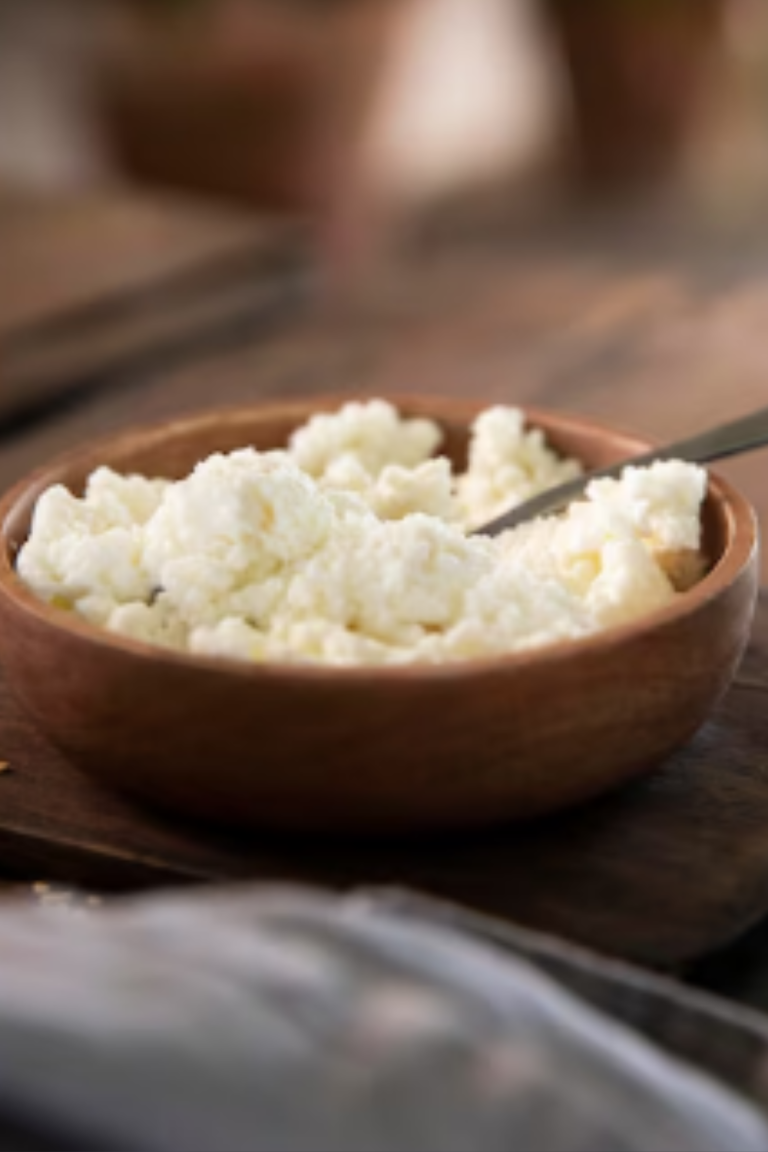EMC: Eggless Milk Cream role in cakes Clarified
If you love baking but want to avoid using eggs, then you’re in for a treat! In this topic, I’m going to talk about EMC – Eggless Milk Cream – and its special place in the world of cakes. From my own personal experience, EMC has revolutionized how I bake, offering a creamy, rich alternative that works wonders in various recipes.
Table of Contents
ToggleWhat is EMC – Eggless Milk Cream?
EMC stands for Eggless Milk Cream, a versatile ingredient that’s gaining popularity in the baking world. As the name suggests, EMC is a creamy substance made from milk but without any eggs. It’s designed to mimic the texture and moisture that eggs typically provide in baked goods, making it an excellent substitute for those with egg allergies, dietary restrictions, or simply looking to cut down on egg consumption. Check out the right Eggless Milk Cream, cake tools, and ingredients that you need here.

The Role of EMC in Cakes
EMC plays a crucial role in cakes by ensuring they stay moist, tender, and delicious. Here’s how EMC works its magic:
- Moisture Retention: EMC helps cakes retain moisture, preventing them from drying out. This is particularly important in eggless baking, where the lack of eggs can sometimes lead to a denser, drier cake.
- Texture: One of the biggest challenges in eggless baking is achieving the right texture. EMC provides a smooth, creamy consistency that helps create a soft, fluffy crumb in cakes.
- Flavor: While eggs can add a certain richness to cakes, EMC brings its own mild, pleasant flavor that complements a variety of cake recipes without overpowering them.
- Structure: Eggs contribute to the structure and stability of cakes. EMC helps to mimic this structural role, ensuring that cakes rise well and hold their shape without collapsing. Check out the right Eggless Milk Cream, cake tools, and ingredients that you need here.
Using EMC in Your Baking
Incorporating EMC into your cake recipes is straightforward. Here’s a simple guide to get you started:
- Substitution Ratio: Generally, you can replace each egg in a recipe with 1/4 cup of EMC. This ratio may vary slightly depending on the recipe, so some experimentation might be needed.
- Mixing: When using EMC, mix it well with your other wet ingredients before combining it with the dry ingredients. This helps to ensure an even distribution and prevents clumping.
- Baking Time: Keep an eye on your baking time, as cakes made with EMC may bake slightly differently than those with eggs. A toothpick test – inserting a toothpick into the center of the cake to see if it comes out clean – is a good way to check for doneness. Check out the right Eggless Milk Cream, cake tools, and ingredients that you need here.
Benefits of Using EMC
There are several advantages to using EMC in your baking:
- Dietary Flexibility: EMC makes it easy to create egg-free cakes that cater to a variety of dietary needs, including vegan and vegetarian diets.
- Health Considerations: By eliminating eggs, EMC can help reduce cholesterol intake for those concerned about heart health.
- Allergy-Friendly: For individuals with egg allergies, EMC provides a safe alternative that doesn’t compromise on taste or texture.
EMC – Eggless Milk Cream – is a fantastic ingredient that brings moisture, texture, and flavor to eggless cakes. Whether you’re catering to dietary restrictions or simply exploring new baking possibilities, EMC offers a reliable and delicious way to enjoy your favorite treats without eggs. Give it a try in your next baking project and experience the difference for yourself. Check out the right Eggless Milk Cream, cake tools, and ingredients that you need here.

Hi!
I’m Mike, the creator of Forum Foodies. In my own personal experience, understanding ingredients is key to great cooking.
Forum Foodies offers guides on various ingredients, from staples to exotic finds. Join our community, share your experiences, and learn from fellow food lovers.
Have questions or suggestions? Email me at info@forumfoodies.com. Let’s embark on this delicious adventure together.
Happy cooking.
Mike/
Related Posts
- DMP: Double Milk Powder role in cakes Clarified
In this topic, I'm going to talk about DMP - Double Milk Powder in my…
- EBC: Eggless Buttercream role in cakes Clarified
In this topic, I'm going to talk about Eggless Buttercream in my own personal experience.…
- ACF: Almond Cream Filling role in cakes clarified
In this topic, I'm going to talk about almond cream filling in my own personal…
- AMF: Almond Milk Frosting its role in cakes Clarified
In this topic, I'm going to talk about Almond Milk Frosting, sharing insights from my…
- ETC: Eggnog Topping Cream role in cakes Explained
In this topic, I'm going to talk about various ingredients and their roles in cooking…
- CCT: Coconut Cream Tart role in cakes Clarified
In this topic, I'm going to talk about CCT - Coconut Cream Tart in my…
- FFC: Fruit Filling Cream role in cakes Clarified
In this topic, I'm going to talk about Fruit Filling Cream (FFC) and its role…
- EJC: Eggnog Juice Cream role in cakes Explained
Ever heard of Eggnog Juice Cream (EJC)? It might sound like something you’d only find…
- AHM: Almond Milk role in cake Making Explained
In this topic, I'm going to talk about almond milk and its role in cakes.…
- CCF: Coconut Cream Frosting its role in cakes Clarified
In this topic, I'm going to talk about CCF - Coconut Cream Frosting in my…
- BPS: Black Plum Syrup role in cakes Clarified
In this topic, I'm going to talk about Black Plum Syrup (BPS) and its role…
- IC: Ice Cream Maker role in cake making Explained
In this topic, I'm going to talk about the ice cream maker and its role…
- EBC: Elderberry Compote role in cakes Clarified
In this topic, I'm going to talk about the delightful addition of Elderberry Compote in…
- CFC: role in cakes Clarified
In this topic, I'm going to talk about coconut flour and its role in cakes,…
- PCH: Peach Honey its role in cakes Clarified
In this topic, I'm going to talk about PCH - Peach Honey, exploring its role…





